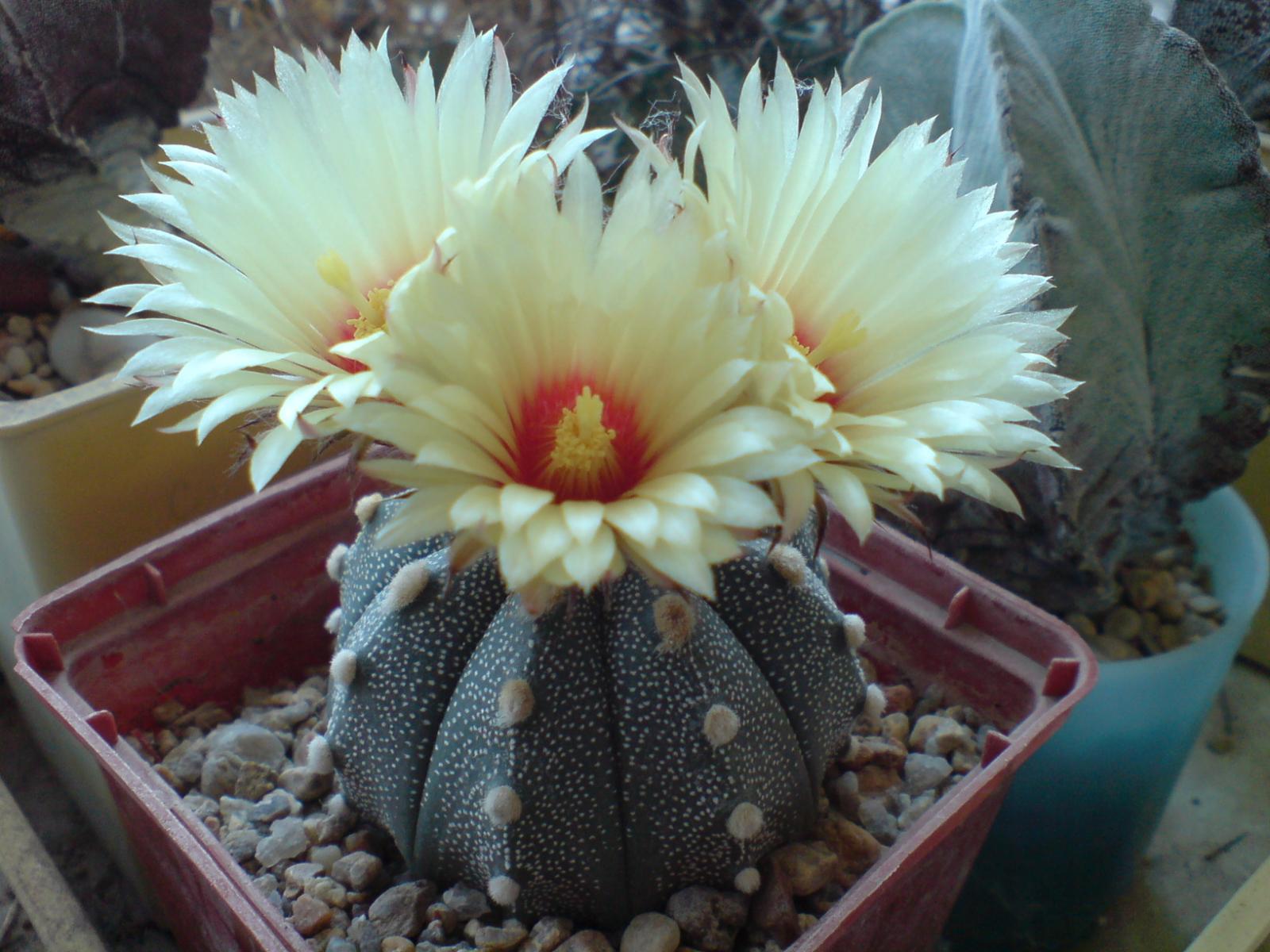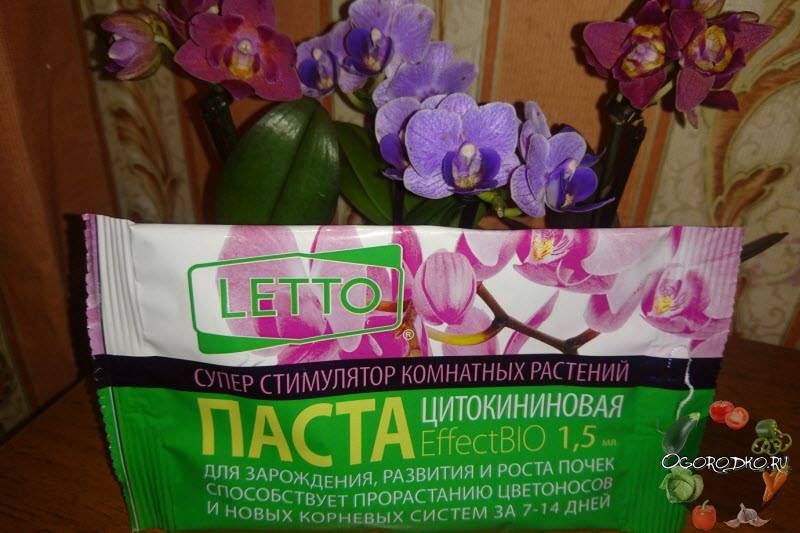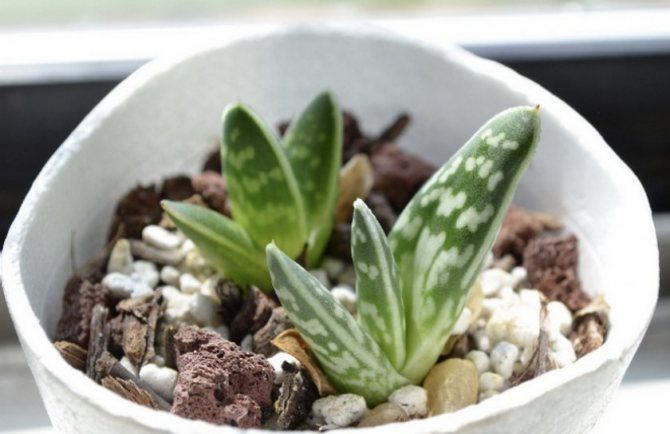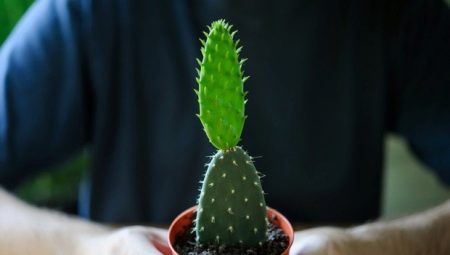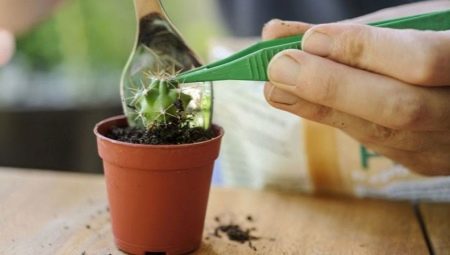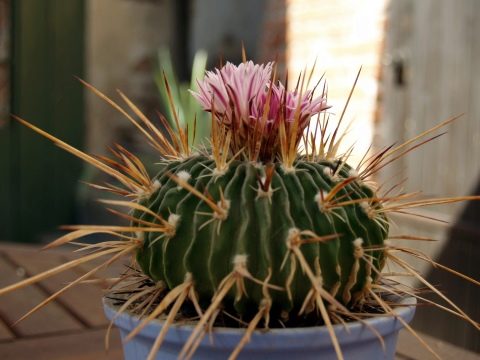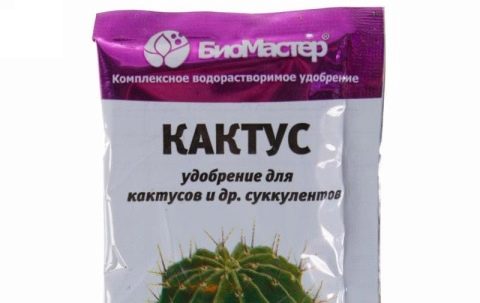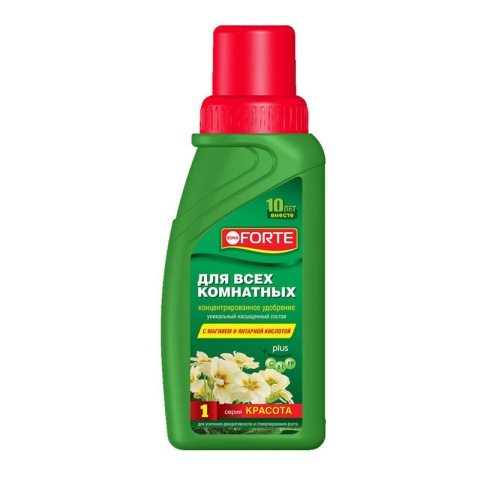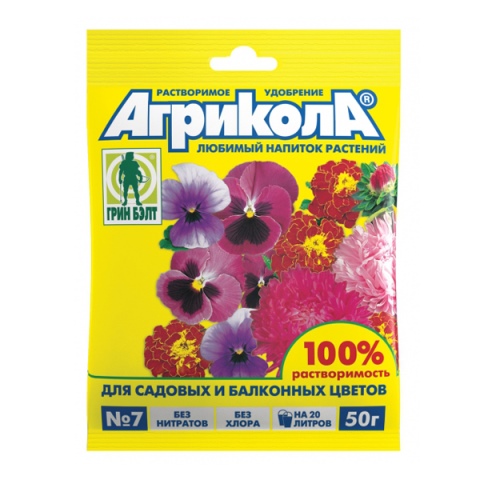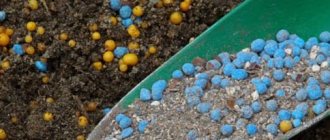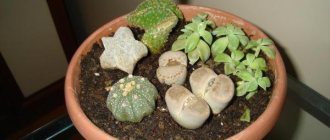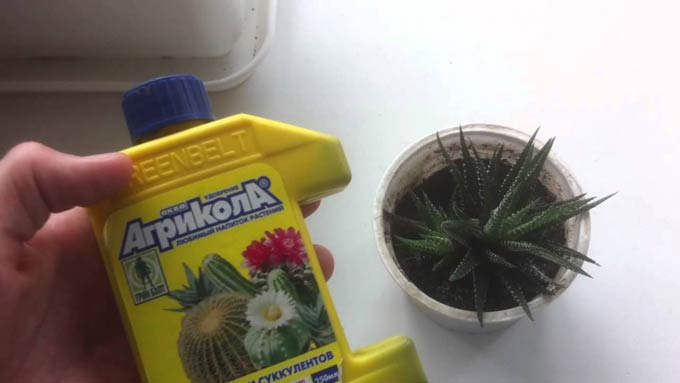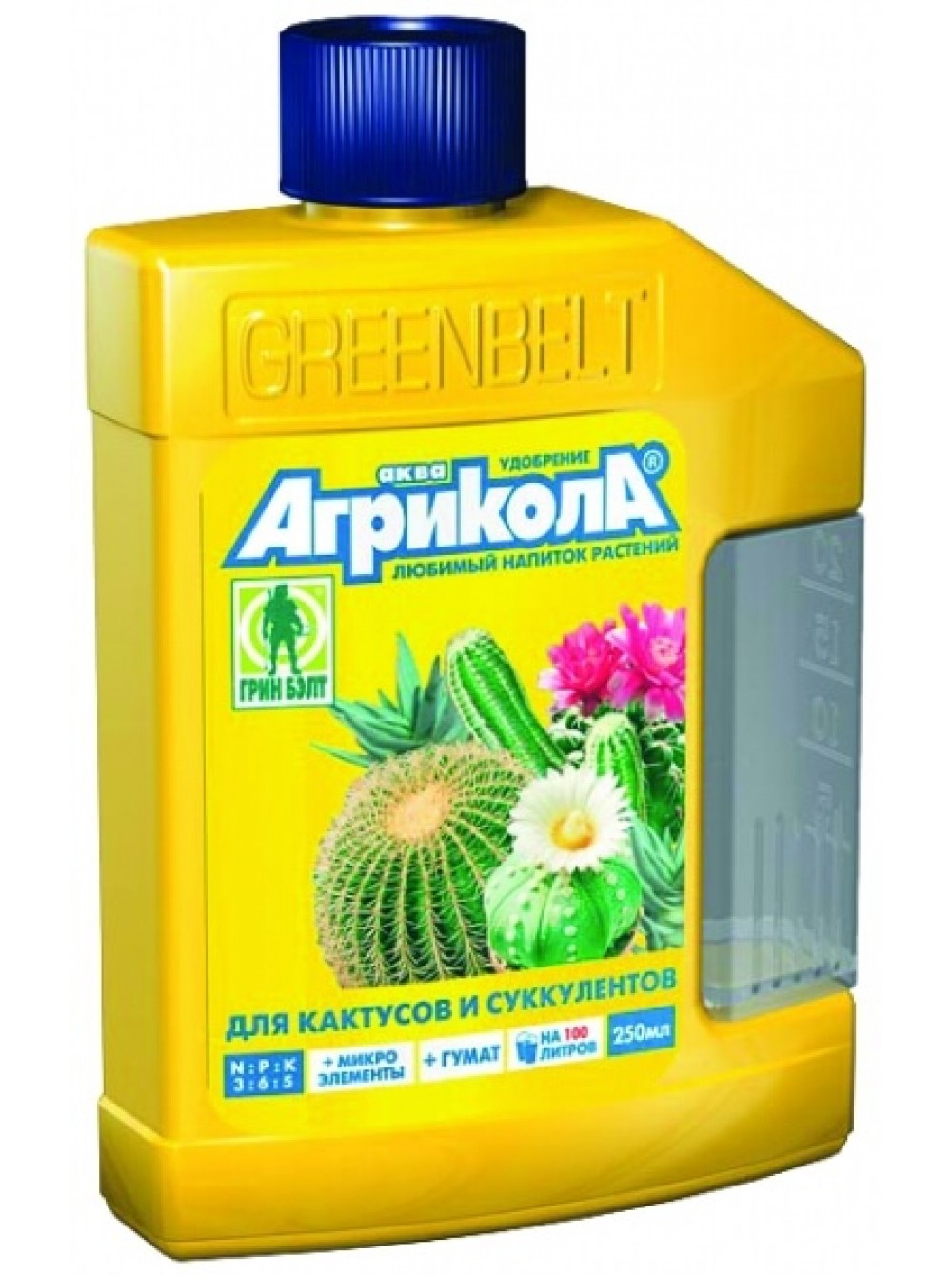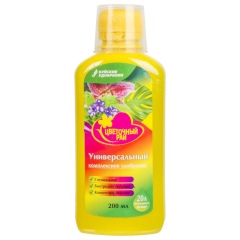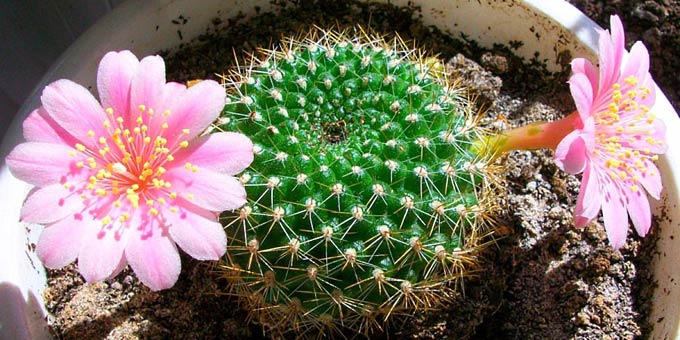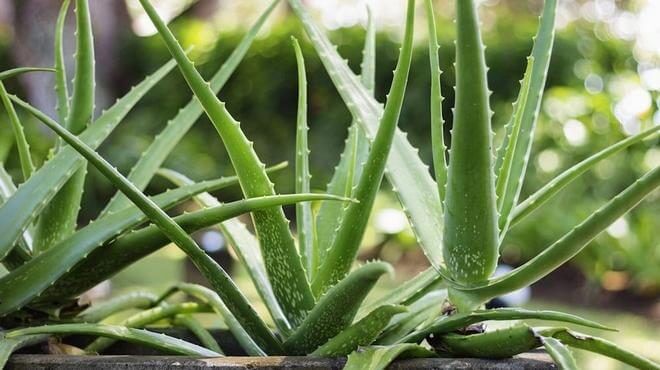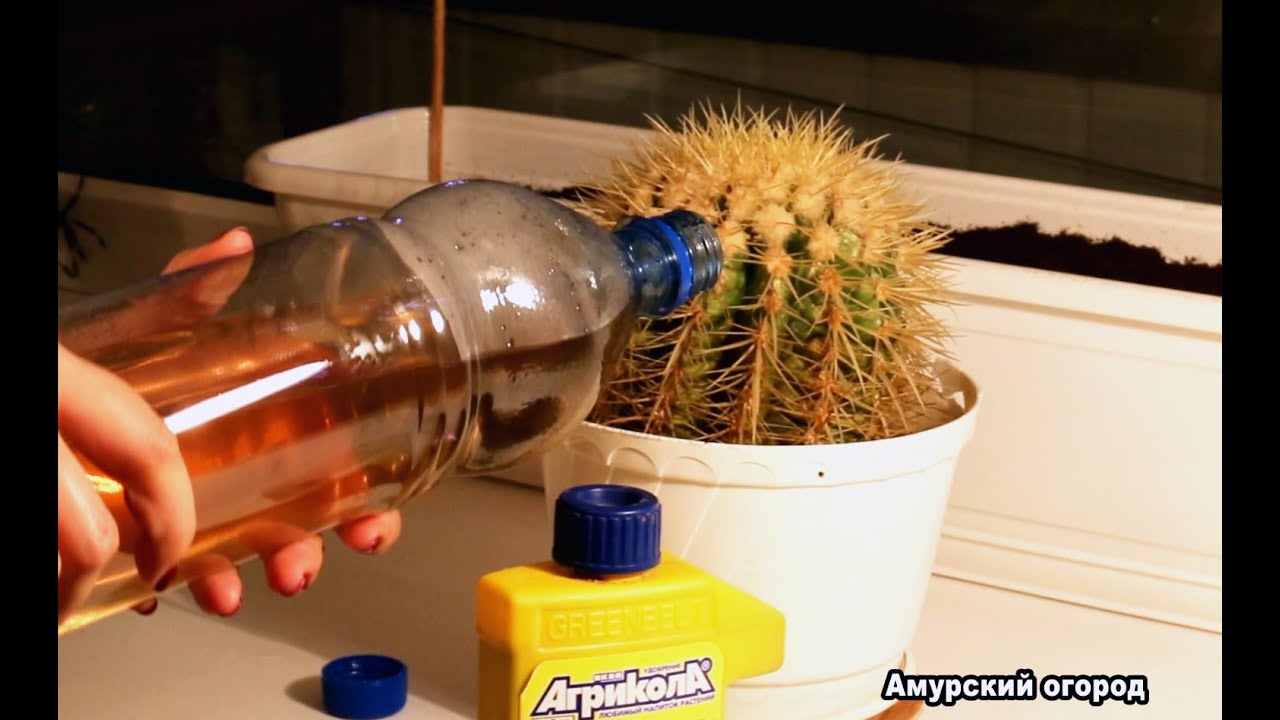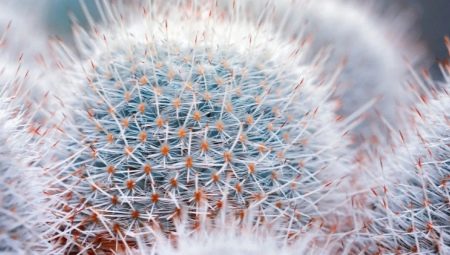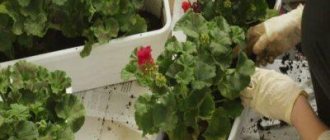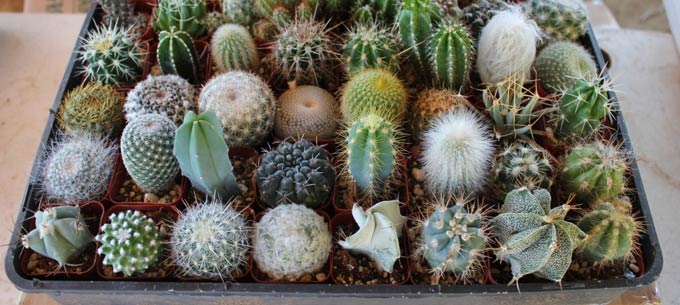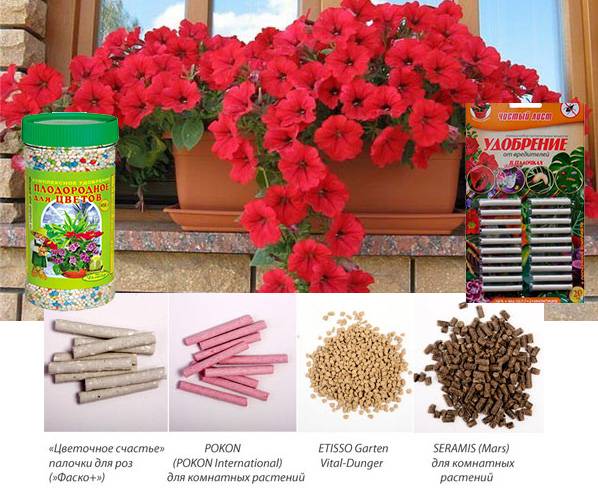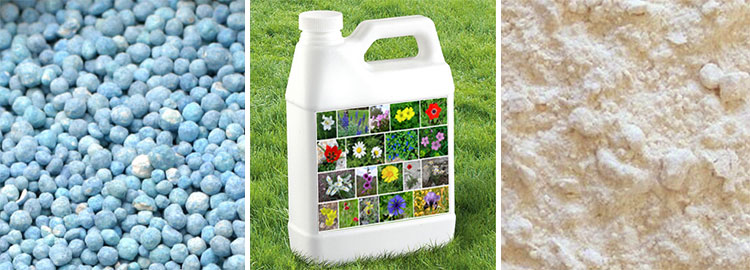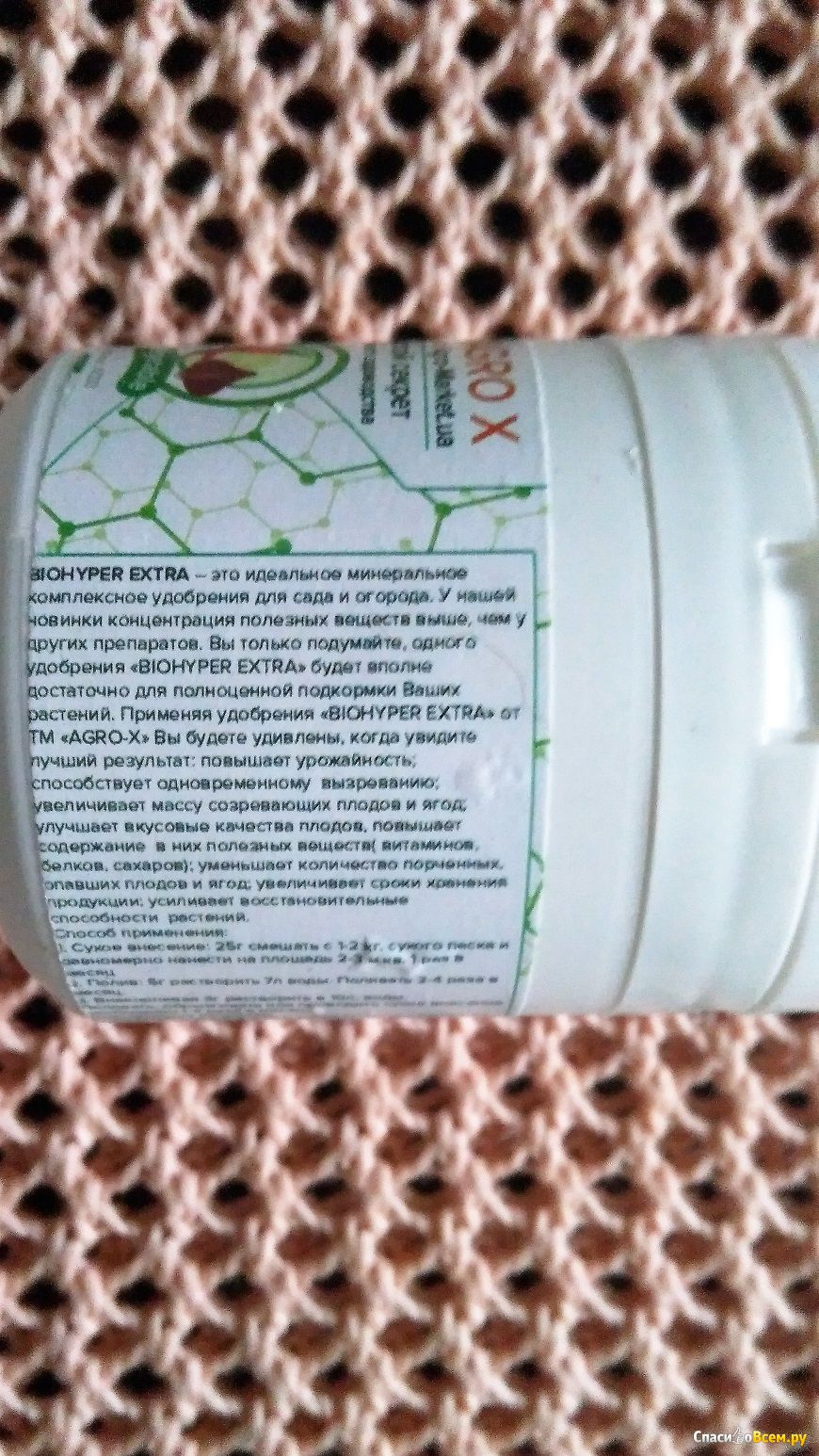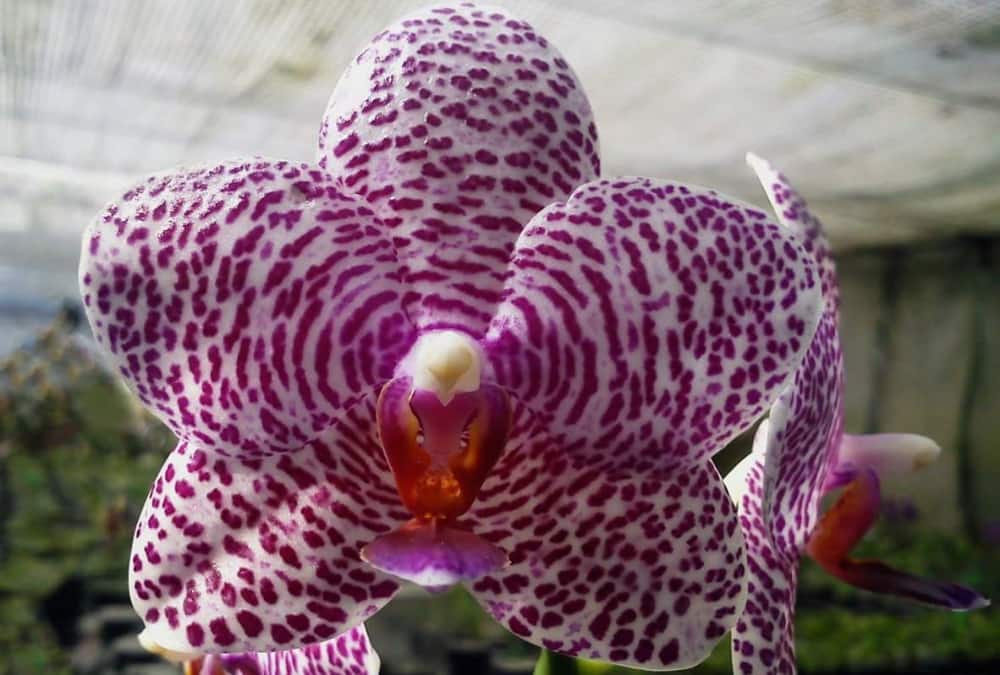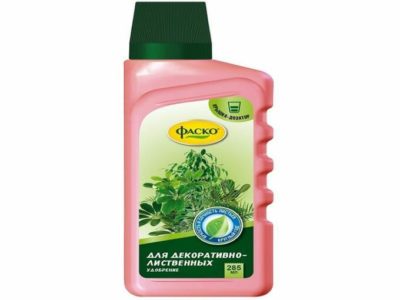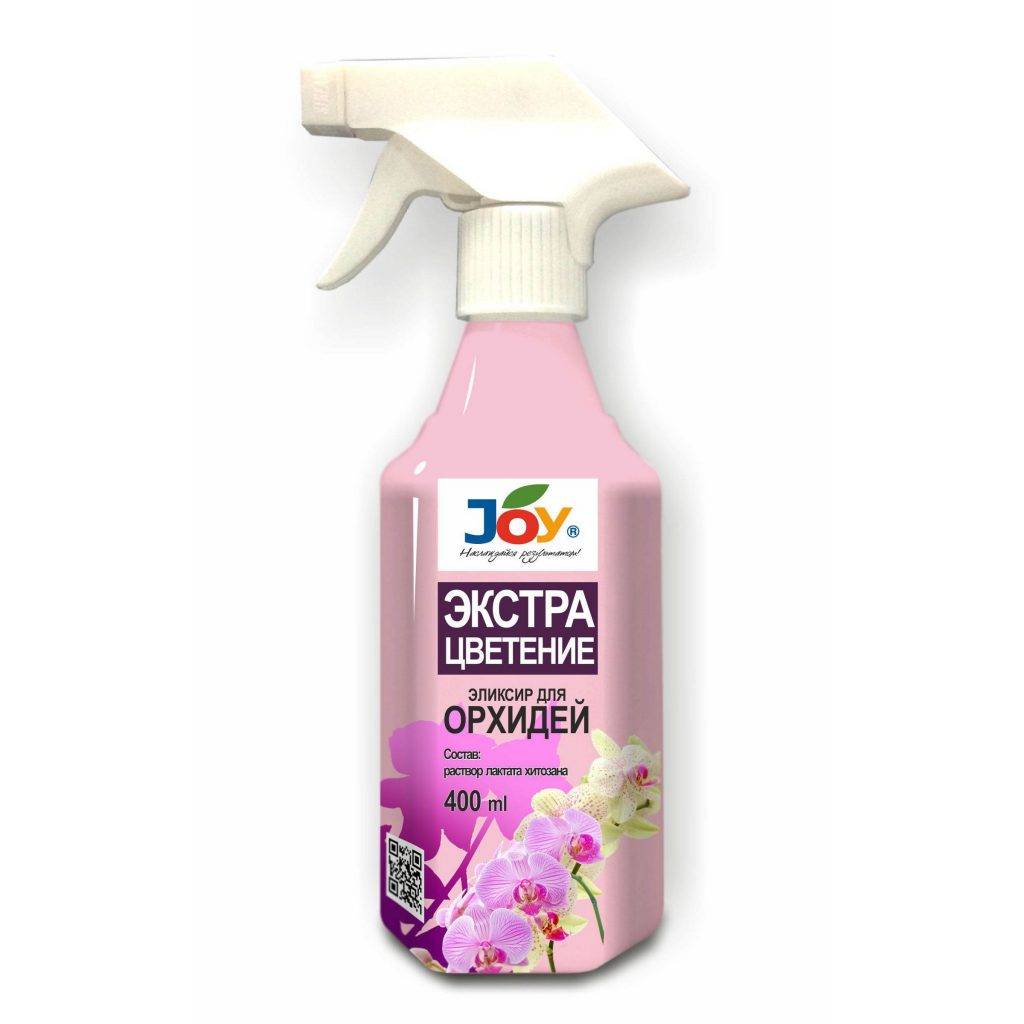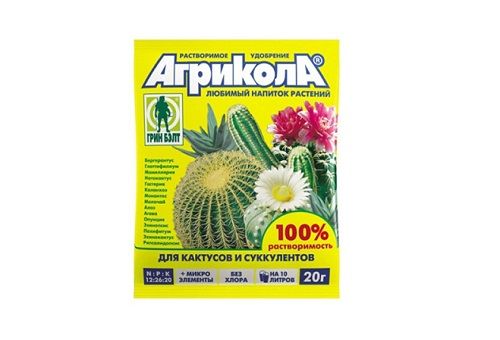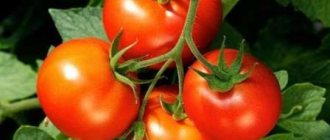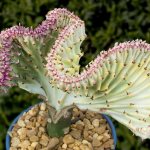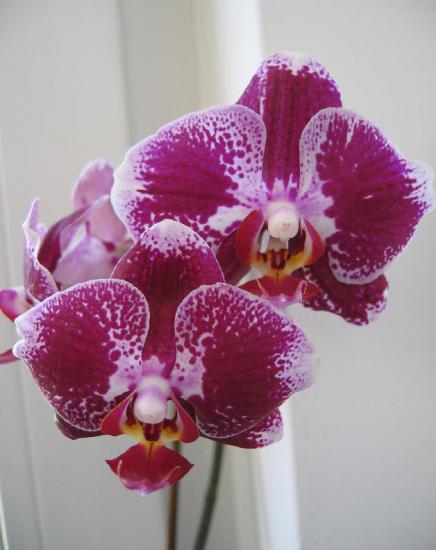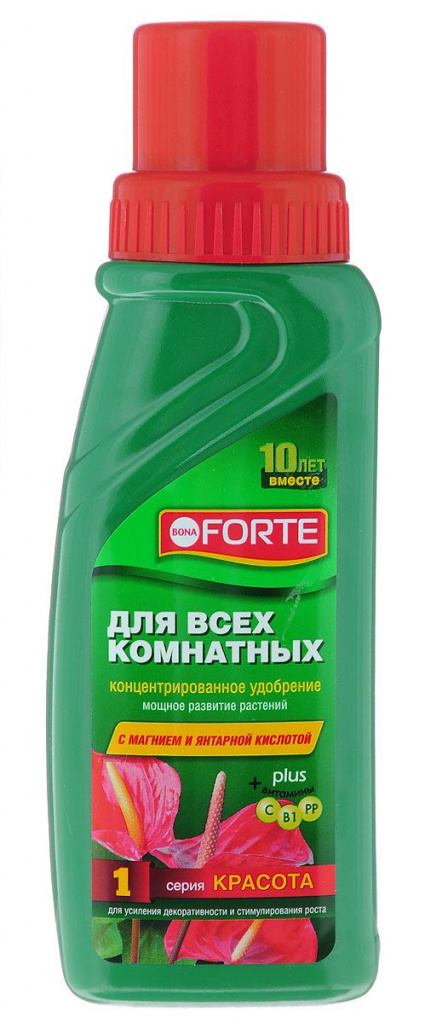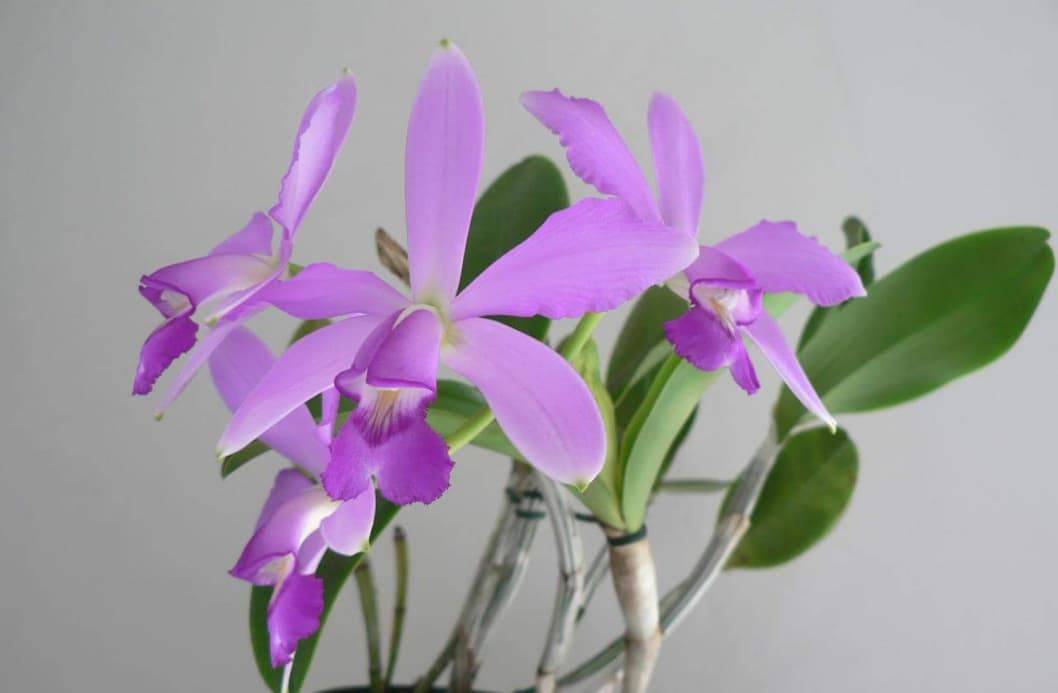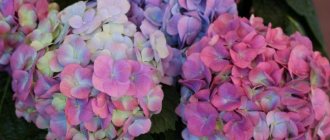Instructions for use
You can get the maximum effect from the use of fertilizer only if you follow the instructions. Each type and form of release has its own characteristics for the application and the permissible period of application.
For orchids (liquid concentrate)
Time and frequency of application. During the whole year. In winter, once every 2 weeks, during the rest of the year - weekly.
How to apply. Dissolve the product in water at room temperature, in a ratio of 5 ml of concentrate per 1 liter and pour over the composition of the plant.
Result. Abundant and long flowering, active growth.

For roses (long acting in granules)
When to deposit. Once a year. In early spring or when planting young seedlings.
Mode of application. The package includes a measuring spoon with a volume of 40 grams. The consumption of the drug is 20 gr. per bush or 60 gr. per sq. The granules need to be evenly distributed around the plant and mixed with the topsoil, then water the plant well.
Result. Provides abundant flowering throughout the season and the formation of strong stems. Substances are released slowly, feeding the bush with small doses of useful elements. The iron in the composition protects the buds from excessive sunlight.
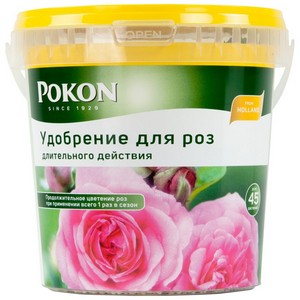
For roses (liquid concentrate)
Timing and frequency of application. During the whole year. During the growing season, once a week, in winter - once every 2 weeks. And also after each pruning and shedding of buds.
Mode of application. A solution for irrigation is prepared from the concentrate. Consumption of the product is 10 ml per 1 liter of water.
Result. This fertilizer is intended for growing roses on a covered balcony or terrace. Provides long-lasting flowering and beautiful, well-formed buds.
For conifers
Timing and frequency of feeding. Used annually. Once in the spring or when planting.
Mode of application. Consumption 40 gr. for each plant or 60 gr. per sq. Spread the granules evenly on the soil and mix with the top layer of the soil. Loosen well and pour over with plenty of water.
Result. Substances are released from the granules into the soil throughout the season, providing the plant with the necessary nutrition. The presence of magnesium contributes to the rich green color of the needles.
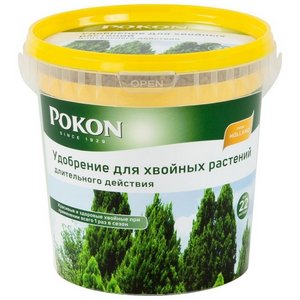
For citrus
Timing and frequency of application. They are fed from March to August, once a week.
Method of use. The concentrate in the amount of 10 ml is dissolved in 1 liter of water, then the plants are watered with this composition.
Result. Supports the growth and fruiting of Mediterranean plants and citrus fruits at home. Provides aroma and attractive appearance.
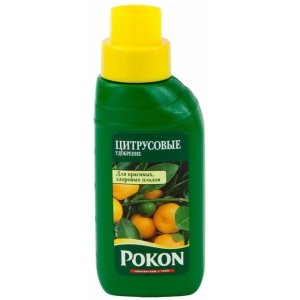
For palm trees
Timing and frequency of application. Fertilizer is applied in spring, summer and autumn. Once a week.
Mode of application. The product is mixed with water. In a proportion of 5 ml per liter. The resulting solution is used for irrigation.
Result. Gives palm trees a uniform emerald color. Supports indoor plant development.
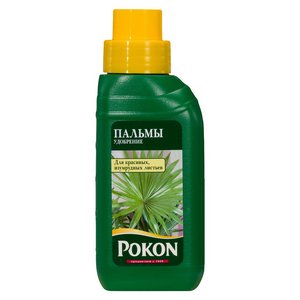
For cacti and succulents
Terms and frequency of introduction. Throughout the year, except for the period from November to February. They are fed once every two weeks.
Mode of application. Fertilizer is diluted in water for irrigation. Consumption of 10 ml of product per liter.
Result. Accelerates growth and promotes flowering.
For hydrangeas and rhododendrons
When to deposit. Once a year in spring or when planting. Used annually.
Mode of application. Half a measuring spoon (20 gr.) Under a bush or 60 gr. per sq. Fertilizer is mixed with the topsoil, then watered.
Result. Acidifies the soil - which has a beneficial effect on these crops. Provides long flowering and vibrant buds.To preserve the blue color of hydrangeas, there is a special product in the Pokon line. It is brought in from July to September at 10 grams. on the bush.
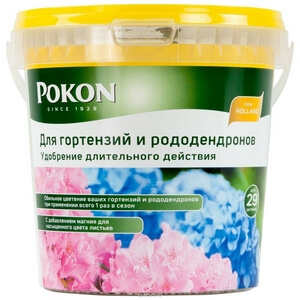
For fruit and berry plants
Terms and frequency of application. Brought in twice a year from February to April and from July to August.
How to use. The granules are mixed into the topsoil and then watered. Consumption depends on the place of cultivation:
- in the open field - 30-40 gr. per bush or 100 gr. per sq. m .;
- in pots - 10-20 gr. for each plant.
Result. Promotes the formation of fruits with rich color, taste and aroma. The product belongs to organic products, so the fruits are safe to eat.
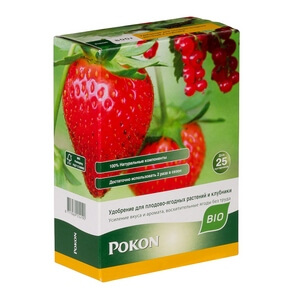
For vegetables
When to deposit. In regions with a temperate climate - in spring, in the south - it is permissible in summer. Once during the entire growing season.
Mode of application. 30 gr. the granules are deepened into the top layer of the earth, loosened and watered.
Result. Improves the quality and quantity of vegetables. Provides good taste and color.
For the lawn
Terms of introduction. Annually in spring and when laying a new lawn.
How to apply. Consumption of granules 20 gr. per sq. The product is evenly distributed over the ground and watered. Packing 900 gr. enough for 45 sq. lawn.
Result. Nourishes the grass throughout the season. Maintains the color and integrity of the lawn.

Composition and principle of action
To understand how the drug works, you should carefully study the name, description. This is not an abbreviation, as many believe, but a Latin name. Which means "farmer".
In turn, in the Middle Ages there was a chemist, Gregory Agricola. It was he who became the first who began to study the properties and chemical composition of the soil, the effect of elements on increasing fertility.
You also need to know that the Agricola complex fertilizer was created by domestic biologists who continue to improve the mixture. The latest development was Agricola sticks. But the first feeding was fat.
The series made it possible to fertilize the soil quickly and efficiently. The fact is that the creators made it adapted to the climate of central Russia. This means that in most of the territory of the post-Soviet space, fertilization will be beneficial.
The fertilizer contains the necessary mineral compounds and substances.
The preparations will replenish the soil:
- iron;
- zinc;
- copper;
- manganese and boron;
- molybdenum, as well as ROS (nitrogen / phosphorus / potassium).
Based on these substances, use as dressing for the garden and vegetable garden. Agricola is suitable for ornamental plants. The type of soil does not matter. Fertilizers of the complex will not harm the body of living beings if it is applied under indoor flowers.
Not only the composition has become profitable, but also the form of the mixture release. Since it is easier for newcomers to farmers to work with liquid fertilizer. Moreover, the bottle is sold immediately with a dispenser (cap with markings for dosage).
Agricola fertilizer - beneficial properties for plants
Agricola is called the favorite drink of plants.
By the way, the fertilizer got its name from its discoverer - George Agricola, whose surname in translation from Latin means "farmer".
The fertilizer was created as a result of international research on the formation of combinations of components that are most effective when working together.
The main feature of fertilization is to help get a high yield without significant financial costs and physical efforts.
The versatility of the fertilizer is explained by the fact that nutrients are suitable for vegetables, flowers and berry crops.
The research results showed the following:
- Increasing stress resistance to various changes in the external environment.
- Improves disease resistance. Plants, just like humans, have viral diseases that are transmitted from one root system to another.
- Fertilizer reduces the susceptibility of plants to destruction by pests: Colorado potato beetle, spider mite, slugs of various types, rodents.
- Increases the number and size of buds.
- Increases leaf thickness, color and size.
- Fertilizer increases productivity by several tens of percent.
- Due to the content of humates, the effect is carried out in a complex manner, that is, not on individual parts, but on the entire plant as a whole.
- The sulfur in the fertilizer allows every cell of the plant to breathe.
- Prevents decay and complete drying of plant parts.
- A complex effect is always better than a point one, as it increases the efficiency of assimilation of useful products. A healthy plant renews itself faster and has more new shoots. As a result, the seeds are strengthened, which means that the next generation of the variety will be stronger, more viable and healthy.
Signs of a lack of nutrition
If the plant lacks any minerals, it shows this by changes in appearance.
- Stunted growth indicates nitrogen deficiency.
- If the conducting beams die off, and red spots appear, this is an indicator of a lack of sulfur.
- The plant changes color, withers - this is a sign of oxygen deficiency caused by a lack of fluoride. Photosynthesis stops, respiration is disturbed.
- The root system does not develop - this is a sign of calcium deficiency.
- Chlorosis is usually triggered by a lack of potassium.
- If the color of the flower has become lighter, flowering is delayed, we are talking about a magnesium deficiency.
- The buds fill up and fall off, the point of growth dies off - the plant needs iron.
- Disturbance of growth, respiration also indicates a lack of manganese.
- The intensified process of detaching is usually caused by a lack of zinc.
- In addition to all of the above, a stop in growth sometimes indicates a deficiency of iodine and boron, chlorine and copper, as well as molybdenum.
"Pokon works wonders"
Fertilizers have been produced and developed in the Netherlands since 1929. During this time, manufacturers have created an extensive range of preparations for feeding different crops.
The composition is based on a universal NPK complex (phosphorus, potassium, nitrogen). Additional ingredients are added to the fertilizer depending on the application and the needs of the individual plants.
There are several forms of release of the drug, this is due to the ease of use and dosage accuracy:
- Liquid concentrate - the product is added in the recommended proportion to the water for irrigation.
- Granules - balls of gray-white color, up to 1 cm in diameter. Suitable for horticultural crops, do not require preliminary dissolution.
- Tablets are water-soluble fertilizers for potted plants, they are white or green.
- Spray - nutrient solution, suitable for spraying indoor plants.
- Sticks are white or green pressed oblong fertilizers (size 5 cm).
This is a powerful drug, therefore, during feeding, you must strictly adhere to the dose recommended by the manufacturer and use the product only according to the instructions. It cannot be combined with other fertilizers. It can be applied only 2-3 weeks after the last feeding and not earlier than 2-3 months after planting.
Indications for use
Based on the above properties and features of potassium monophosphate, it is recommended to use it for feeding cultivated plants:

- For seedlings of horticultural crops in moderate weather conditions and favorable years. In unfavorable years, when planting in the ground is delayed, it is better to stimulate root formation at the box-pot stage with a limited amount of nutrition with a root.
- For more abundant flowering, reducing ovary shedding and better fruiting - all garden food crops.
- Ornamental crops of open ground - for more abundant and long-lasting flowering.
- For flowers of seasonal outdoor content: ampel, flowerpot.
- For emergency foliar dressing of outdoor and indoor plants in the presence of signs of acute potassium starvation: brown, "rusted", wrinkled and curled leaf edges.
Application and application rates
Agricola for vegetables
There are many varieties of this fertilizer created, this opens up opportunities for a high-quality selection of the composition for different crops. "Agricola" can be used to feed indoor plants, cucumbers, tomatoes, zucchini, etc.
For tomatoes, Agricrola is used according to the instructions.
All vegetable crops have different soil and nutritional requirements; cabbage requires an abundance of phosphorus to grow, and carrots need a sufficient amount of potassium. Seedlings of most plants need nitrogen, then they will be strong and easily accepted in the garden. For all of these tasks, the drug Agricola Vegeta has been released. It is recommended to feed the cabbage with a solution of 20 g of powder diluted in 10 liters of water. Cabbage responds well to feeding every 2 weeks.
To get good onions and garlic, you should use the Agricola-2 composition, it contains:
- 27% potassium;
- 11% phosphorus;
- 11% nitrogen.
Additionally, the composition contains magnesium. The instructions for garlic and onions contain a recommendation to use a solution at a concentration of 25 g per 10 liters. It is worth adding the drug 3 times during the growth period, and the minimum interval is 10 days.
Agricola-4 is used for carrots and beets. The drug can be used already at the stage of planting the seed, but the treatment should be stopped half a month before the expected time of harvest.
For zucchini, cucumbers and squash "Agricola-5" is used, in it the ratio of active ingredients is similar to the preparation for tomatoes, only the concentration of magnesium is different. For fertilization, a solution of 25 g of the product in 1 bucket of water is used. The number of dressings is 4-5 times for the entire growth process.
To strengthen the seedlings, Agricola-6 is used, it nourishes the plant for active growth and strengthens natural immunity for better stress tolerance.
Agricola 4 for carrots, beets and radishes, very inexpensive fertilizer
Do you use folk signs in gardening?
Yes, permanently 152 (21.97%)
Sometimes 185 (26.73%)
I don't believe in omens 87 (12.57%)
Very rare 54 (7.8%)
Don't use 168 (24.28%)
I have my own omens 46 (6.65%)
Back
Agricola Vegeta is a unique product recommended for most vegetables and other garden crops. It is characterized by increased economy of use - 1 g is diluted in 10 liters of water. They can spray flower crops in greenhouses.
Fertilizer Agricola for tomatoes
To feed the soil with Agricola tomatoes, organic components and a slightly different composition of nutrients are used. Fertilizer number 3 is produced, it is used for all nightshade crops: eggplants, tomatoes and peppers.
Includes:
- 20% potassium;
- 20% phosphorus;
- 13% nitrogen.
The preparation contains a lot of magnesium, which is absent in the original fertilizer. Its role is to improve the absorption of potassium, which is important for tomatoes, making them firm, large and flavorful. Potassium is involved in the formation of chlorophyll, and when the component is abundant, the plant looks greener and healthier.
For tomatoes, the preparation contains recommendations for preparing a solution in a dosage of 25 g per bucket of water. For 1 season, it is worth carrying out 3 root feeding procedures:
- 2 weeks after disembarkation.
- At the moment the ovaries appear;
- For the third feeding, you need to count 10 days from the first manipulation.
Agricola 3 - an equivalent organic substitute for feeding nightshades (tomatoes, peppers, eggplants)
When processing greens, you can use the sequence:
- 1 week after the first root pouring procedure;
- 10 days after foliar treatment, but before the appearance of ovaries.
Precautionary measures
Agricola must not be stored or transported together with food and medicine. Fertilizer should always be kept out of the reach of children and pets.
Wear rubber gloves. It is advisable to use a respirator and mask for respiratory and eye protection. At the end of the treatment, hands and face should be washed with soap.
The substance belongs to hazard class 3:
- In case of poisoning by inhalation, the victim should be immediately taken to fresh air and forced to rinse the nasopharynx with clean water.
- If the substance comes into contact with the skin or eyes, the area should be washed with copious amounts of clean water and soap.
- If accidentally swallowed, the victim needs to drink 2-3 glasses of warm water with 4-5 crushed tablets of activated carbon, and then induce vomiting.
In all severe cases, call an ambulance without delay.
Cactus care
Cacti are evergreen plants of the cactus family. They are characterized by a thick stem with spines and hairs instead of leaves, single flowers, juicy but not edible fruits. For cacti, proper care is very important, with an abundance of light, moisture, with an optimal temperature, as well as timely fertilization.
After purchase, the plant is transplanted. If rot, damage is found on its root system, they are immediately removed. For full growth, future flowering, wide, shallow pots are suitable. The soil should be nutritious, with a slight acidity (optimal pH = 4 - 6). A mixture of humus, sand and peat is fine. It is not worth alkalizing the soil too much - cacti will grow poorly and constantly hurt.
Lighting for cacti requires diffused lighting, and therefore they should not be placed in direct sunlight. Watering is needed regularly in summer and rarely in winter when the plant is dormant. Cacti love fresh air, but do not tolerate drafts. They feel great at a temperature of + 17 ... + 25 °, but during the period of winter rest it is reduced to + 9 ... + 15 °. Cool wintering is needed for cacti to lay future flower stalks. If they grow at the same temperature all year round, then you can forget about flowering.
Top dressing of cacti is carried out from the beginning of spring to the end of September. For this, complex mineral compositions, liquid purchased organic matter or special products marked "for cacti" are used. During the period of growth and development, fertilizer is applied twice a month, during the rest period, feeding is stopped.
Note. Before fertilizing, the plants are shed well, and babies and asymmetrical shoots are also removed.
Popular fertilizers for flowering plants
Currently, the choice of dressings for flowering plants is simply huge, and the geography of producers is very extensive: Russia, Europe, neighboring countries. Below are the most popular brands, time-tested and Russian flower growers.

"Bona Forte for decorative-flowering" in liquid form, series "Health". Composition: nitrogen (3), phosphorus (4), potassium (8). Excipients - two mesoelements (calcium, magnesium), seven trace elements (cobalt, molybdenum, zinc, copper, boron, iron, manganese), humic acid.
"Bona Forte for decorative flowers" in liquid form, "Beauty" series. Composition: nitrogen (3), phosphorus (4), potassium (8). Excipients - one mesoelement (magnesium), seven microelements (cobalt, molybdenum, zinc, copper, boron, iron, manganese), six of which are presented in chelated form, a complex of vitamins B1, PP, C, a growth stimulator succinic acid.
"Good power for flowering" in liquid form. Composition: nitrogen (3), phosphorus (2.5), potassium (6). Excipients - seven microelements (cobalt, molybdenum, zinc, copper, boron, iron, manganese), six of which are presented in chelated form, a complex of vitamins B1, PP, growth stimulant succinic acid.
"Pokon flowering plants" in liquid form. Composition: nitrogen (5), phosphorus (5), potassium (7). Excipients - trace elements.
"Pokon fertilizer for flowering houseplants" in sticks. Composition: nitrogen (8), phosphorus (10), potassium (14).
"Agricola for Blossoming" in sticks. Composition: nitrogen (8), phosphorus (8), potassium (10). Excipients - one mesoelement (magnesium), four microelements (zinc, copper, boron, manganese).
"Agricola for blooming flowers" in liquid form. Composition: nitrogen (3.5), phosphorus (4), potassium (5). Excipients - microelements, humic acids.
"Zelenit for flowering flowers" in the form of an aerosol. Composition: phosphorus (0.3), potassium (0.5). Excipients - trace elements (iron, copper, molybdenum, boron, zinc, magnesium, manganese, sulfur, cobalt).
"Flower Paradise for flowering indoor and garden plants" in liquid form. Composition: nitrogen (21.6), phosphorus (7.2), potassium (43.2). Excipients - one mesoelement (magnesium), six trace elements (iron, zinc, copper, boron, manganese, molybdenum).
These are just a few popular fertilizers, in fact there are many more.
Fertilize your green favorites in time and to the full, and they will delight you with luxurious bright flowers that are pleasing to the eye.
How much does Agricola cost?
Fertilizer is quite cheap. The high concentration of substances contained in it can significantly save money.
Approximate prices for various types of Agricola are as follows:
- a 250 ml canister of liquid top dressing will cost about 70 rubles;
- packaged dry fertilizer weighing 25 g will cost about 20 rubles. If you buy a large 50g bag, the price will be twice as high.
To grow good seedlings, you need to apply the right feeding. Agricola will become your faithful assistant. By adhering to the recommendations for the preparation of fertilizers, as suggested by the instructions, as well as the timing of application, you can grow a good harvest. Gardeners' reviews about this tool are the best.
However, caring for plants does not end with fertilization alone. You must make every effort to get a decent result. Only respect for the seedlings guarantees you full return in return.
Description and properties of the drug
The need to use fertilizer mixtures is a necessary measure for a number of reasons. And the first is the regular impact of external factors on the soil. Such as the deterioration of natural conditions, the constant use of land for planting.
In second place is the misuse of the proposed plant protection products from pests and to improve crop performance. M Agricola is an environmentally friendly product. Plus, it refers to mineral fertilizing, suitable for frequent use.
With the help of fertilization, the following occurs:
- increase in yield up to 25-30%;
- improving the condition of young plants, seedlings;
- restoration and stabilization of micro and microelements that a culture needs at certain stages of development.
It is worth adding that the components of the composition are equally suitable for garden and balcony plants, vegetables and berry crops. Recommended for improving vegetative stages: flowering, growth.
A wide range of actions is possible due to the balanced composition:
- protection for indoor flowers and fruit and berry bushes from harmful insects;
- strengthening the performance of the immune system;
- increasing resistance to infections, diseases of the immune system;
- the formation of more inflorescences. Long flowering;
- brightness of color, improvement of appearance, taste.
Fertilizer is sold in the following forms:
| The form | Description |
|---|---|
| Wand | A long-lasting way to influence plant development. The method of application is simple: insert into the trunk circle. Watering and other manipulations are carried out as usual. When dissolved, the stick releases the necessary substances, thereby saturating the earth for a long time (until complete dissolution) |
| Dry substrate | Appearance: small granules. Standard package: 20-50 g. Convenient to carry and breed. The indicated weight is for 20 liters of water. Multi-component top dressing |
| Liquid concentrate | Convenient because it is sold with a measuring cup (cap). One container is enough for a long period, as it is diluted in ratios of 100, 200 water to 1 substance. |
Scope of application, timing of application, forms of fertilizers
As the name implies, flowering feeds are used to feed those domestic plants, the main value of which is the luxurious flowers that adorn the crown.
At first glance, it seems that it is necessary to apply such fertilizers at the moment when the plant is actively blooming. But this statement is not entirely true. The flowering stage is preceded by a bud-laying period. Both budding and flowering are the time when the plant spends a lot of vitality, therefore, it is necessary to apply top dressing in both periods.
In most of the domestic representatives of the flora, the formation of buds and flowering takes place in the warm season - in spring and autumn. It was at this time that green pets need feeding for flowering flowers, giving them the minerals necessary for flowering. During the growing season (growing green mass) and dormancy, when the plant is resting, fertilizer should not be applied.
In general, before using fertilizers for flowering flowers, you should study the life cycle of the plant well.
Fertilizers for flowering are produced in several forms. In stores you can find:
- liquid fertilizers;
- fertilizers in the form of sticks and tablets;
- granular and powdery dressings.
The liquid form is the most common and most requested option. They are easy to breed, store and use. Feeding in sticks and tablets is very easy to use: you just need to stick them into the ground. Water entering during watering slightly dissolves the tablet or stick, thus, the fertilizer flows to the roots. Granules and powders are the most economical form used when there are many plants.
Fertilizer Tips for Flowering Plants
Experienced growers know exactly how to use fertilizers for flowering flowers. Florist beginners are always hesitant and ask a lot of questions on the forums. Especially for those who are just starting to be interested in home plants - a few simple tips:
- Choose only well-known, proven brands that have been on the market for a long time.
- Always read the instructions carefully and do not exceed the concentration indicated by the manufacturer.
- Apply liquid fertilizer only a few hours after intensive watering of the plant. Top dressing poured into dry soil can burn the roots.
- You can combine plant fertilization and watering. To do this, dilute the top dressing in water for irrigation in a 1: 1 ratio.
- Use stick fertilizers only at the edge of the bowl, so that they do not come into contact with the roots.
- Do not apply fertilizer immediately after transplanting the plant. Take a break for 2-3 weeks.
- Phosphorus and potassium are not absorbed by the leaves, therefore, it is better not to apply fertilizers for flowers flowering on the leaf.
- Unused liquid fertilizers can be frozen.
Popular drugs
In specialized stores, there is a wide selection of all kinds of fertilizers for cacti, succulents. Mostly they are all liquid.
- Complex feeding "Good power". It is additionally enriched with vitamins B1, PP, and also contains an optimal proportion of macroelements necessary for plants. The approximate cost is 83 rubles. for 250 ml.
- Pocon is a balanced top dressing for all types of cacti and succulents. Provides full growth, provokes flowering. Cost - 199 rubles. for 250 ml.
- Agricola is a dry dressing. It dissolves well (100%), suitable for any succulents and cacti. Cost - 16 rubles. for 20 grams. One sachet is sufficient for dilution in 20 liters of water.
- Bona Forte is a liquid mineral fertilizer containing potassium (7%), phosphorus (5%), nitrogen (3%) and nine microelements necessary for normal growth of cacti.In addition, it contains succinic acid, a powerful growth stimulant. The cost is 99 rubles for 285 ml.
- Etisso is a German-made liquid complex top dressing. Designed for succulents, different types of cacti. Accelerates the flowering process, is easily absorbed by plants, strengthens the immune system, promotes growth. Cost - 499 rubles. for 1 liter.
The most important micro and macro elements
So, almost all cacti are succulents. This type of plant is very resistant to drought, hardy, not capricious, undemanding. Despite this fact, plant care is not canceled. These procedures are simple and do not need to be performed very often. Cactus care must be correct, nutrition, lighting, moisture and temperature must be observed. Nutrition means fertilizing with fertilizers.
Fertilizers are necessary for the active growth of home flora, strengthening tissues, provoking flowering, and increasing disease resistance. Many inhabitants believe that water, soil and carbon dioxide are enough for cacti to thrive and not get sick. However, this is only enough to keep the plant alive. All other components necessary for health are obtained from cacti feed mixtures. These are micro and macro elements that are included in almost all compositions of fertilizers for cacti.
Living in an apartment deprives succulents of their usual natural conditions, in which there is a lot of heat and sun. Therefore, an exotic representative of the flora needs additional stimulation with nutritious mixtures.
It is very important to maintain the dosage and not overfeed the succulents. Otherwise, the pet may simply crack, because its internal tissues will grow in inadequate proportions

Advantages and disadvantages
The use of Agricola has extremely positive aspects. If you make a choice between a domestic and a foreign manufacturer, then the first option is better. To the question: "Why?", The same story of the creation of the drug will answer: the nutrients have already been adapted for the soil and climate of the territories of the post-Soviet space.
But it is not this fact that attracts buyers, and not even the cost, which is 2-3 times cheaper than the imported product. Soluble crystals differ from other fertilizer mixtures:
- breadth of application;
- high efficiency;
- increase in yield. But subject to correct use;
- improving the quality and appearance of fruits;
- strengthening of culture immunity;
- an increase in sugar and vitamins.
Quite often, feeding with Agricola allows not only to strengthen the root and immune system, but also to shorten the growing season. This makes it possible to obtain quality products in the northern regions.
Excellent results are obtained by flower growers who use the complex for decorative, home, garden crops. Fit feed for orchids and conifers. The composition is completely free of aggressive substances such as chlorine. It is also considered a plus that during use in crops there is no accumulation of nitrates.
The negative reviews left are extremely rare, and the reason is negligence in breeding and introduction. After all, no matter how wonderful the mineral composition is, it gives a reverse reaction with increasing dosages.


